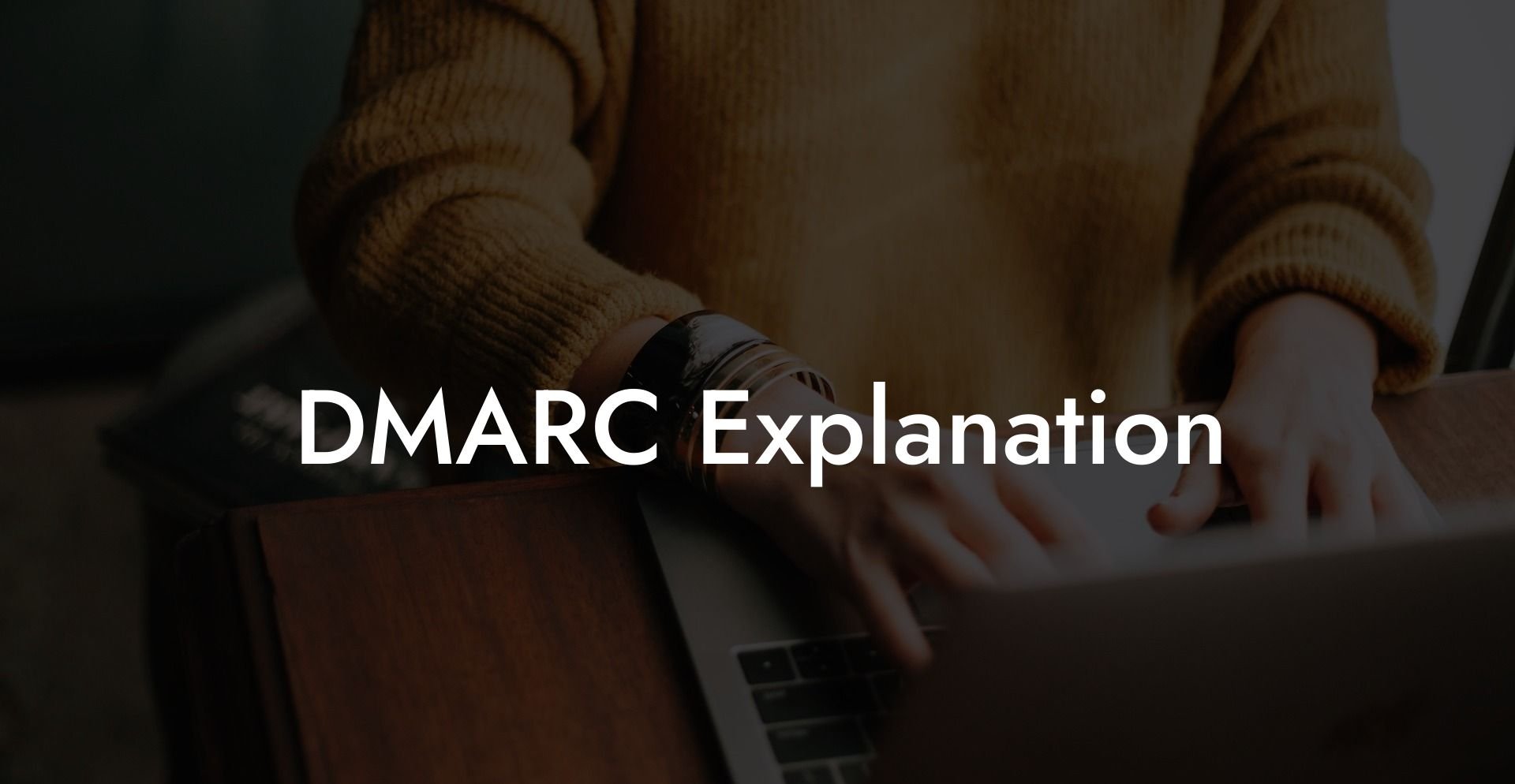In the ever-evolving world of cyber threats and online communication, it's crucial to stay one step ahead of the criminals who may be trying to exploit your business. One such weapon in the battle against phishing scams and spoofed emails is DMARC. Let's explore the ins and outs of DMARC and learn how it can help protect your domain from malicious attacks, safeguard your brand reputation, and enhance the deliverability of your legitimate emails.
What is DMARC?
Domain-based Message Authentication, Reporting, and Conformance (DMARC) is an email authentication and reporting protocol that helps domain owners protect their email channels from fraudulent activity. DMARC builds on two established authentication protocols, Sender Policy Framework (SPF) and DomainKeys Identified Mail (DKIM), to verify the authenticity of an email's sender and protect against email spoofing, phishing, and other cyber-attacks.
How does DMARC work?
Protect Your Data Today With a Secure Password Manager. Our Top Password Managers:
DMARC checks the alignment of the sender's domain with both SPF and DKIM policies, validating the authenticity of the email source. Additionally, DMARC allows domain owners to define a policy specifying how to handle emails that fail these authentication checks. This policy instructs receiving mail servers on the appropriate actions to take when dealing with unauthenticated messages.
DMARC Policies
- None: This policy instructs receivers to treat the email as they normally would, even in case of an authentication failure. It aims at collecting data without actively enforcing a specific action.
- Quarantine: Emails failing authentication are sent to recipients' spam or junk folders, marking them as potentially suspicious while preserving their ability to access the message.
- Reject: This policy requests that emails failing authentication be rejected outright, preventing them from reaching the recipient's mailbox.
DMARC Reports
DMARC generates two types of reports providing domain owners with valuable feedback on their email traffic, authenticity, and policy enforcement:
- Aggregate reports: These XML-based reports contain statistical data about emails sent using a domain and the results of DMARC policy enforcement. These are typically sent daily, providing valuable insights for refining your email security strategy.
- Forensic (or failure) reports: These reports, also in XML format, provide detailed information about specific instances of email messages that failed DMARC authentication checks, facilitating the investigation of potential cyber threats or internal issues.
Benefits of using DMARC
Implementing DMARC in your email security strategy can yield many benefits, including:
- Enhanced protection against email spoofing and phishing attacks
- Improved brand reputation by reducing the risk of your domain being used for fraudulent activities
- Better email deliverability rates by demonstrating your commitment to email authentication
- Valuable feedback on your email traffic, helping pinpoint potential vulnerabilities
DMARC Explanation Example:
Imagine Company A frequently communicates with customers through email, sending offers, newsletters, and account updates. Unfortunately, cybercriminals identified this reliance on email communication and began sending out phishing emails that appeared to come from Company A. Customers fell victim to these malicious emails, leading to compromised accounts, loss of trust in the company, and a tarnished brand reputation.
By implementing DMARC, Company A can verify the authenticity of their emails, ensuring that only genuine messages from their domain reach customers' inboxes. By doing so, they can not only protect customers from phishing scams but also restore trust in their email communications and protect their brand image.
Understanding and utilizing DMARC can provide your domain with robust protection against email spoofing and phishing attacks. By actively monitoring and learning from DMARC reports, you can continuously improve your email security strategy. Help us spread awareness of this essential cybersecurity measure by sharing this article with others and exploring more guides on Voice Phishing. Together, we can work towards a safer online landscape for everyone.
Protect Your Data Today With a Secure Password Manager. Our Top Password Managers:















